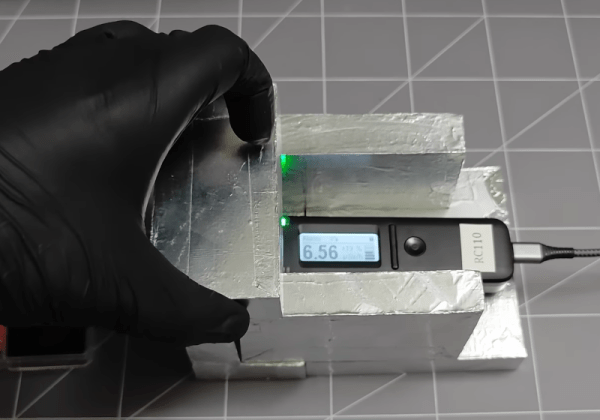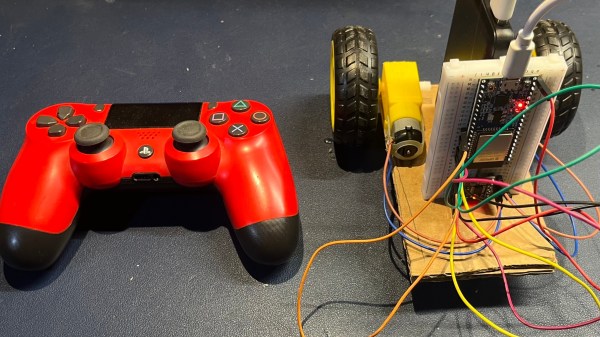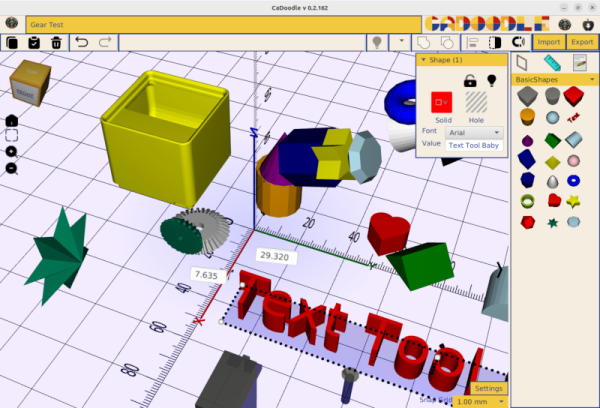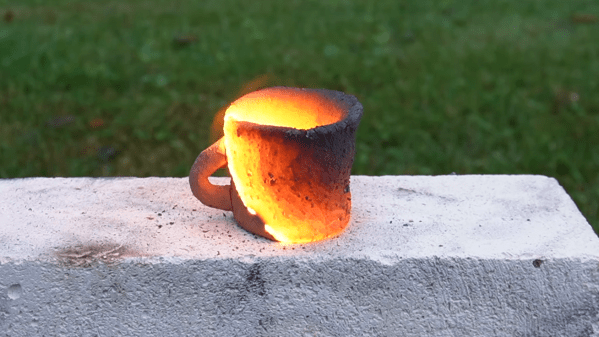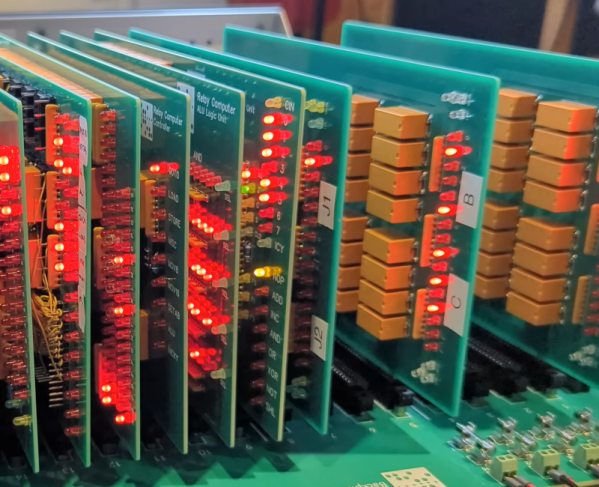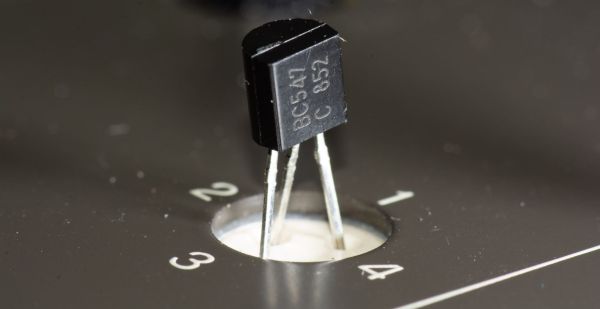If you want to work with radioactive material, a cheap Geiger counter isn’t really what you want. According to [Project 326], you need a gamma ray spectrometer. The video below reviews the Radiacode 110. The channel has reviewed other Radiacode products, and they haven’t always been pleased with them, apparently. Is the 110 better?
The little spectrometer uses a scintillation crystal and performs a spectrogram on the result. It has a large library of materials so, at least for radioactive materials, you can point it at something and tell what kind of material you are dealing with and how radioactive it is.
While the smartphone app seems well done, the Windows application left something to be desired. Even still, it was able to identify several isotopes. The device can even pick up some alpha emitters that don’t directly register. However, it can identify some materials by different decomposition products. Unlike some earlier models, this device is supposed to be highly sensitive and high-resolution.
To confirm this, [Project 326] built a lead shielding structure and read a reference sample. Crunching some numbers confirmed that the claimed performance was accurate. It could even read very low-energy sources, though there were some limitations. The ergonomics of the device could be better, apparently, but it does deliver on performance.
Do you need a gamma ray spectrometer? We don’t know, but we suspect if you do, you don’t need us to tell you.

